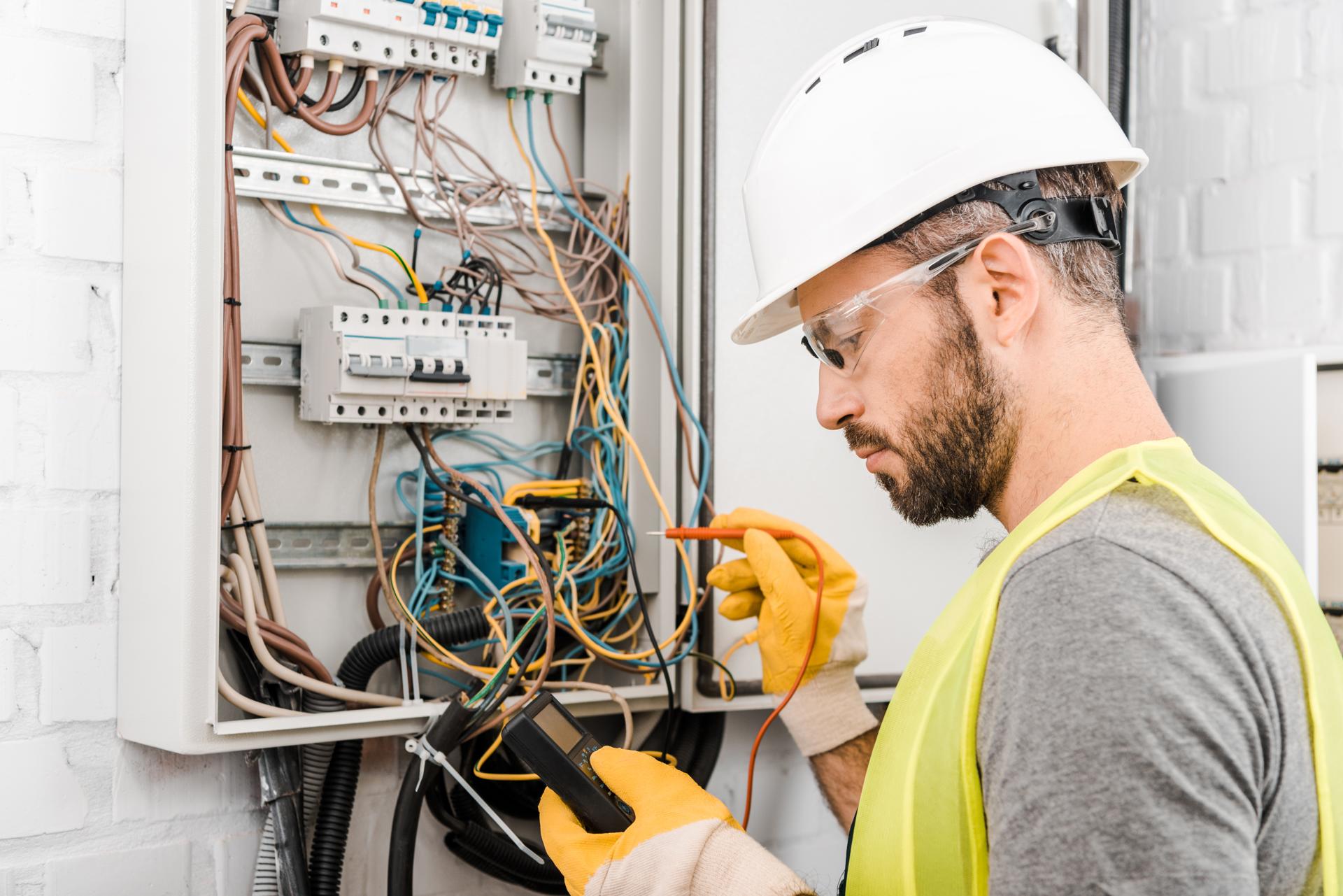What You Need to Know About Electrical Wiring in Your Home: A Brief Introduction

Electricity is an essential component of our life, powering everything from the lights of our homes to the gadgets we use on a daily basis. However, electric systems may be complicated knowing how they function can be difficult. In this article we’ll go over the components of an electrical system, and explain how circuits work to power devices and appliances. Our residential electricians can handle any electrical jobs you need.
The components of an electrical system
A home’s electrical system includes a number of key components that work together to provide power throughout homes. They include:
Breaker box: the main distribution point for electrical energy in a house that is where electricity is divided into several circuits
Outlets and switches: the points at which electricity is supplied to appliances and devices
Wiring: the electrical wires that carry electric current from the box to the outlets and switches
Electronic appliances and gadgets: devices and appliances that use electricity to function
Electrical Circuits
The term "electrical circuit" refers to a path that allows electricity to flow from the point of origin (the the breaker box) to appliances and devices within a home. There are two kinds of electrical circuits in a home that are 120-volt and circuits that are 240-volts. 120-volt circuits are used to power most household appliances and appliances, while 240-volt circuits are used to power larger appliances, such as air conditioners and electric dryers.
Electrical circuits function by creating a loop that allows electricity to flow from the source to the device or appliance. The loop is made up of a hot wire which transports the power, a neutral wire that completes the circuit, and a ground wire that provides the pathway for electricity to travel to the ground in case of a fault.
Understanding the electrical Wiring
Electrical wiring comes in several different types, including non-metallic sheathed cables (NM) and armored cable (AC), and conduit. Each has its advantages and disadvantages, and the choice of the type of wiring is based on the particular requirements that the location requires.
Wiring conducts electricity through a flow of electrons through the wire. The electrons travel through the wire from source, to device or appliance and then back to the source via the neutral wire. It’s essential to ensure that the wiring is put in place and maintained correctly, as defective wiring could lead to electrical dangers like shocks and fires.
Common Electrical Issues
Some common electrical problems at home include tripping light bulbs, flickering breakers and dead outlets. These problems can be caused by a myriad of causes such as overloading circuits poor connections, or faulty wiring.
If you are experiencing any of these issues it is essential to determine the cause and take appropriate actions to rectify the issue. In certain instances it may be necessary to contact a licensed electrician to inspect and repair the wiring.
Concluding and Call to Action
Understanding how electrical wiring works is crucial for ensuring the safety and reliability of the electrical system in your home. By following the guidelines outlined in this document to stay safe and prevent potential hazards.
In case you’ve got any concerns or questions regarding your home’s electrical system, don’t hesitate to contact South Auckland Electricians. Our electricians are licensed and has the expertise and experience to handle all your electrical requirements. Contact us by phone at 0800 570 083 to schedule a appointment.
FAQ
What are the symptoms of faulty electrical wiring?
Signs of defective electrical wiring could include tripping breakers flickering lights, and electrical outlets that are not working, for example.
How often should I have my home’s electrical system inspected?
It’s suggested that you ensure that your electrical system is inspected by a licensed electrician each 10 years.
What is the expected lifespan for electrical wires?
The lifespan of electrical wiring is based on several factors, including what kind of wire used, the environment it’s installed in, and the standard of the installation. In general, most electrical wiring can last as long as 30-years or longer if it’s installed with proper installation and maintenance.
Can I fix electrical problems myself , or do I need to employ an electrician?
While some electrical issues can be solved by homeowners, it’s recommended that you hire a licensed electrician for the majority of electrical repairs. Making attempts to fix electrical problems without the proper education and expertise is risky and can result in damage or injury to your home.
What do I do if experience an electrical emergency in my home?
In the event of an electrical emergency, the first step is to turn off power to the affected location by turning off the fuse or breaker. After that, you should contact an authorized electrician to look into and fix the issue as soon as you can.
By following these rules By following these rules, you can ensure security and reliability of your home’s electrical system and prevent any potential dangers. Be aware that when you need repairs to your electrical system and installations, it’s recommended to rely on the professionals. Call South Auckland Electricians at 0800 570 083 for all your electrical needs.
